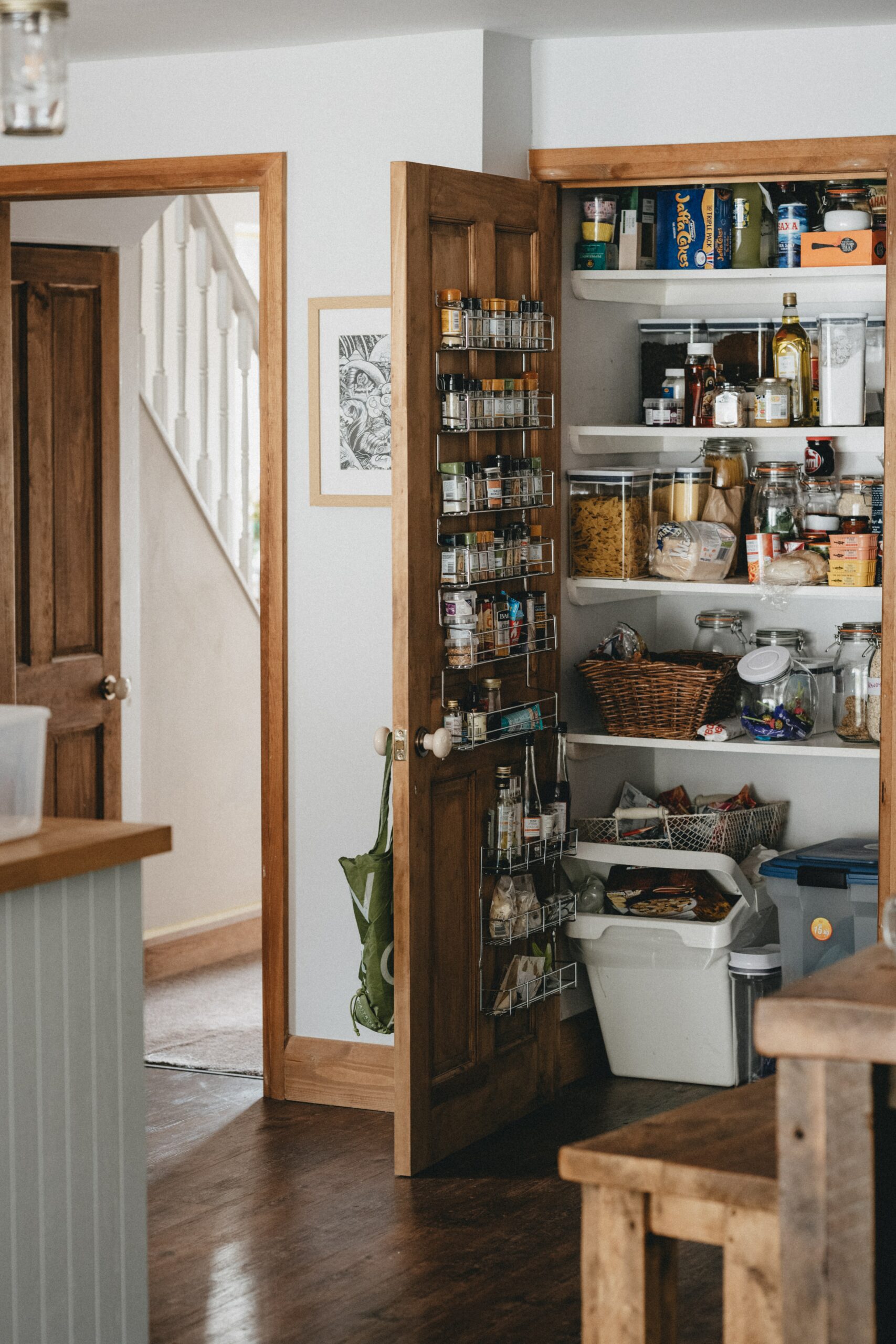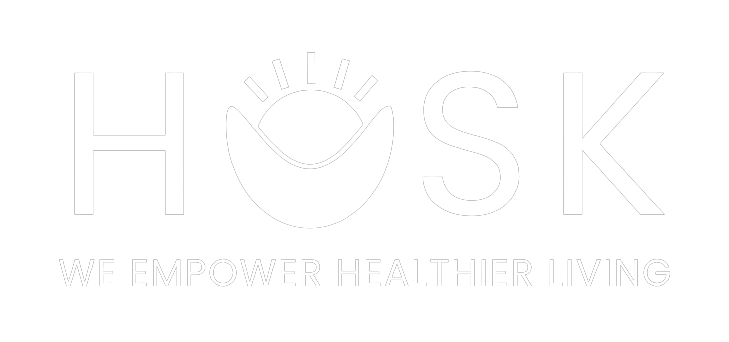
Spring Clean Your Pantry
Out with the old, in with the new! Nutrition is in this season and we put together your guide to spring clean your pantry. Follow these four easy steps to make sure your pantry is stocked with healthy, nutritious ingredients.
Clean
First things first – remove every single item from your pantry. Put all items onto your countertop or kitchen table where you can easily view what you have on hand. Once everything is cleared from the shelves or drawers of your pantry, bust out those cleaning supplies and give it a good wipe down.
TIP: Now is a good time to install shelf liners if you plan to do so. Shelf liners help protect your cabinets from moisture, stains and scratches. This makes it even easier to clean next time you do a pantry purge!
Discard
Let’s get rid of all of those expired, unhealthy or unwanted goods taking up valuable space in your pantry. Start by checking the expiration date on all items. Toss any item that is expired. If you have been using reusable containers and don’t know the expiration date of the contents, it is probably best to toss unless you know that you’ve recently purchased that item. Keep a list of anything you’ve tossed that you will need to restock for later.
TIP: To avoid unnecessary food waste, find the items that have an expiration date coming up soon (in the next two months or so) and set them aside or write them down so that later you can look for recipes to use those ingredients before they go to waste.
Next, see what you have left and evaluate if these foods are foods you actually want to keep in your pantry. Think back to your conversations with your Registered Dietitian and your nutrition goals. Maybe your goal was to reduce your consumption of junk foods, or replace them with healthier snack options. Maybe you learned that you have a gluten intolerance. Maybe you just want to create healthier habits. Set aside any food items that don’t fit into your nutrition goals or that you simply don’t think you will consume.
TIP: To avoid unnecessary food waste, consider donating these items to a local food bank, shelter or community pantry that can use them if they are within the expiration date.

Organize
While you have everything out, organize your remaining items by putting “like” items together. This will make it easier to find what you’re looking for once your pantry is put back together. Here’s how I like to categorize my pantry items:
- Oils, Vinegars, & Condiments
- Nuts, Seeds & Legumes
- Grains
- Canned goods
- Essentials & Baking
- Liquids
- Other dried goods (like potatoes, onions, etc.)
Once you have a good idea of what you’ll be putting back into your pantry, determine whether you are going to keep everything in the existing packaging or whether you need an alternative form of storage. If you want to get fancy, you can purchase new containers, baskets, etc. to organize your pantry. I prefer to keep it simple by using the existing packaging where it makes sense and other containers I already have if the packaging is ripped or not airtight. Here are some of the items I usually re-package:
- Nuts, Seeds & Legumes
- Grains
- Essentials & Baking
TIP: For a cost effective way to store or organize your pantry, use containers you already have like mason jars, tupperware, etc. Clear containers are ideal so you can easily see the contents. Use masking tape and a marker to label the containers with expiration dates before you toss the original packaging. Use bins and baskets to store odd shaped containers.
Now that you have cleaned your pantry, discarded unwanted items and organized your healthy, nutritious foods, you can put everything back into your pantry. Whether you have a full-sized, walk-in pantry or just a few shelves within your cabinets, try to store items so that everything is easily visible and accessible.
As you put items away, take a quick inventory of what you have in your pantry. Make a list of questions you can ask your Registered Dietitian in your next visit. Maybe you want to understand more about how to read nutrition labels or want to know what foods you can swap out for healthier alternatives. Your Husk Nutrition Registered Dietitian is a nutrition professional that can help you create a customized program that meets your health goals, individual needs and lifestyle.

Stock
One of the easiest ways to create healthy habits is by making sure you have nutrient rich ingredients stocked and easily accessible. Make a list of the items you should have on hand to create a well-balanced meal and hit the grocery store. Here are some of the items I like to keep in my pantry so I can make a healthy meal anytime:
- Healthy fats such as olive oil, coconut oil or ghee for cooking
- Black beans, chickpeas and lentils are great for adding to soups and salads
- Natural nut & seed butters to add healthy fats and proteins to oatmeal, yogurt, trail mix, and smoothies
- Grains such as brown rice, barley, quinoa or oats create a healthy base for salads, bowls or soups
- Nuts, like almonds, walnuts and cashews for a quick snack, trail mix, or salads
- Apple cider vinegar, just because
- Plenty of garlic, onions, spices and dried herbs for adding depth and flavor to any meal
- Canned vegetables for when you are in a pinch
- Whole wheat flour for baking
- Chia, flax, or sunflower seeds for yogurt bowls, smoothies or salads
- Dried fruits like raisins, cranberries or blueberries for a quick snack, trail mix or baking
- Honey or agave to use as a natural sweetener
- Lots of water or seltzer to keep you hydrated
You’re on your way to stocking a healthy pantry and meeting your nutrition goals. If you still need some help or have questions after your Spring pantry clean out, schedule a meeting with a HUSK Wellness Registered Dietitian today to create a personalized plan that works for you.
Mental Health
Marketplace
Nutrition
Physical Therapy
Rewards
HUSK Pro
Company
About
Contact
Press
Blog

